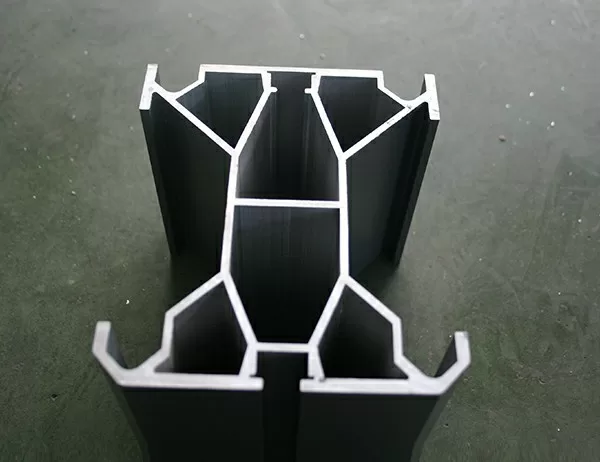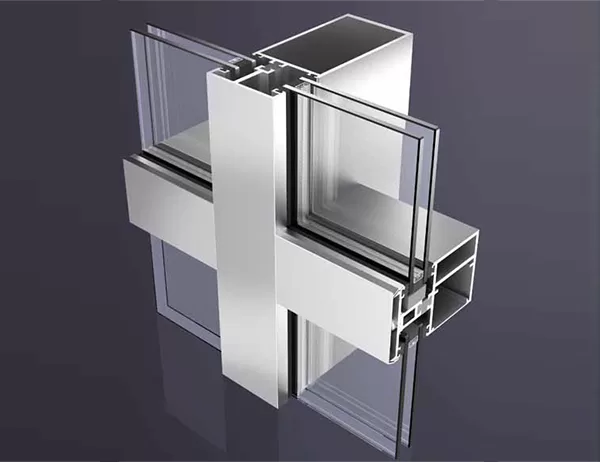Introduction
Industrial aluminum profiles are versatile and widely used in various sectors due to their exceptional properties. Understanding the different types available is crucial for selecting the most suitable profile for specific applications. This article explores the diverse range of industrial aluminum profiles, highlighting their characteristics and applications.
Types of Industrial Aluminum Profiles
Industrial aluminum profiles can be classified based on their shapes, alloys, and surface finishes.
Shapes
Solid Shapes: Extruded bars, rods, and tubes without internal cavities.
Hollow Shapes: Channels, beams, and angles with internal voids, providing lighter weight.
Alloys
6000 Series: Heat-treatable alloys with high strength and durability for structural applications.
7000 Series: Non-heat-treatable alloys known for their corrosion resistance and excellent weldability.
5000 Series: Marine-grade alloys with superior strength and saltwater resistance.
Surface Finishes
Anodized: Electrolytic process that enhances corrosion resistance and creates a protective oxide layer.
Powder Coated: Dry coating applied electrostatically, providing a wide range of colors and textures.
Mill Finish: As-extruded surface with a slightly roughened texture and natural silver color.
Applications of Industrial Aluminum Profiles
The versatility of industrial aluminum profiles extends to numerous applications across industries.
Construction
Framing Systems: Profiles serve as lightweight and durable components for buildings, facades, and windows.
Architectural Profiles: Decorative elements and structural supports enhance aesthetics and functionality.
Industrial Equipment
Conveyor Systems: Profiles provide a sturdy framework for conveyor belts and machinery.
Automation Components: Precision profiles enable the construction of robotic arms, actuators, and other components.
Transportation
Automotive: Lightweight aluminum profiles reduce vehicle weight, improving fuel efficiency.
Aerospace: High-strength profiles are used in aircraft frames, wings, and propulsion systems.
Benefits of Industrial Aluminum Profiles
Lightweight and Durable: Aluminum’s low density and high strength make profiles ideal for demanding applications.
Corrosion Resistant: Aluminum alloys possess excellent resistance to weathering,海水, and other corrosive environments.
Versatility: The wide range of shapes, alloys, and finishes allows for customization to meet specific requirements.
Eco-Friendly: Aluminum is recyclable, contributing to environmental sustainability.
Conclusion
Industrial aluminum profiles offer a diverse range of options tailored to meet the demands of various applications. Understanding the different types, alloys, and surface finishes empowers engineers and designers to select the most suitable profiles for their projects, leveraging the exceptional properties of aluminum to achieve optimal performance and efficiency.




